4 Strategies to Create an Intelligent Workplace
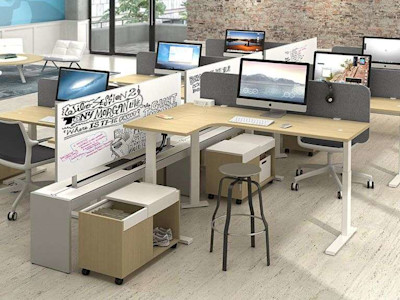
It might seem like an intelligent workplace is self-explanatory, but what does creating an intelligent workplace achieve? An intelligent workplace allows employees to work in a seamless and automated environment. As businesses adopt different models and transition away from the traditional Monday to Friday work schedule we’ve seen new opportunities.
A well-designed hybrid office can help companies avoid wasting money and energy.
At its core, an intelligent workplace is an environment that incorporates technology into the everyday job. But how does an intelligent workplace help employees complete tasks in a more simple way? Employees become more efficient when using intelligent workplaces. Companies are able to eliminate pointless tasks that slow down the workflow. This can result in cost savings as well as increased productivity. While the areas that companies can save money are pretty clear, designing an intelligent workplace can come with challenges. What is the cost? Will you have to train employees? In the end, will the intelligent workplace be worth it? The answer in short is yes. These 4 strategies can help you create an intelligent workplace easily in a well-designed hybrid office. As with any changes, there should be a clear goal. You should know what it is that you’re trying to accomplish. Intelligent workplaces can include everything from specialized software for scheduling to automated lighting solutions. Knowing what you need to maximize workflow, what you want, and what your employees need is the first step in building an intelligent workplace.
AI and the Future of Work
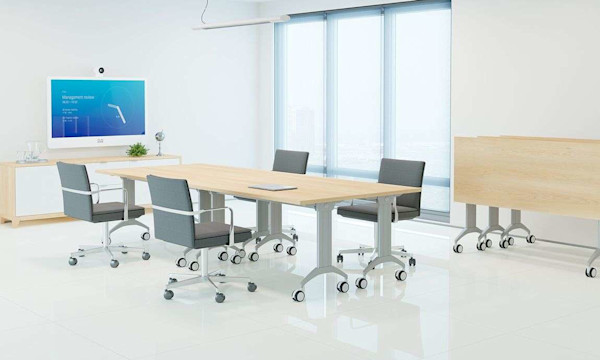
The 4 Intelligent Workplace Strategies
It is important to have a strategy when any changes are made. And it’s important to know what you’re doing, how you’re going to do it, and whether or not it’s really what you need. When launching your hybrid workplace into the future of work there are some ways you might benefit more than others. Aside from all of the strategies listed below, it’s important to consider all the options available. An intelligent hybrid office might be something completely different to another company. It’s hard to replicate something that works for somebody else and it results in the same change. The future of work depends on your company’s work. Adopting these strategies 4 strategies for creating an intelligent workplace can help you create an office that doesn’t just create an intelligent office but also creates an intelligent environment.
1. Consider Employee Needs
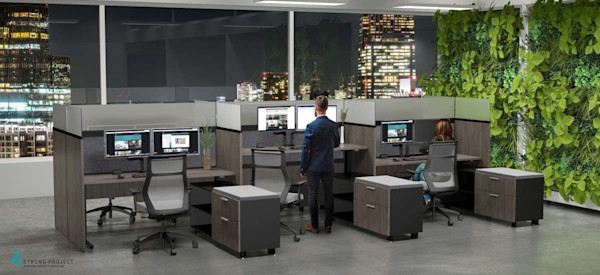
2. Consider using Automation Tools
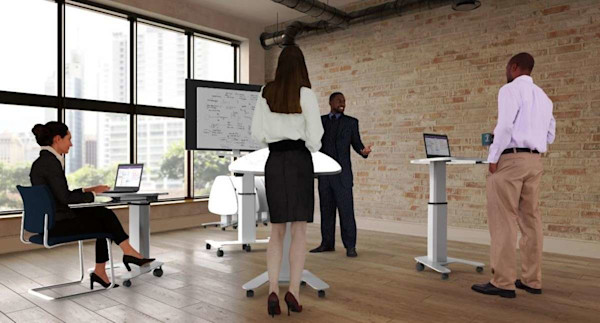
3. Incorporate Intelligence into Your Hybrid Office
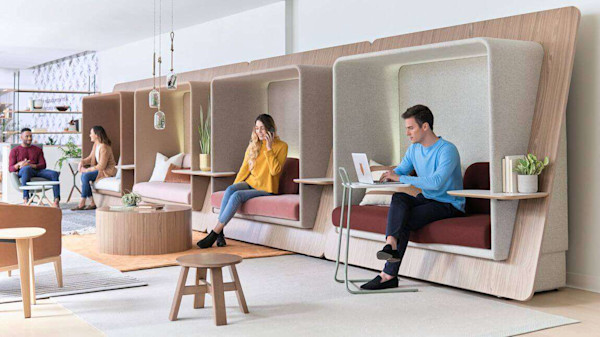
A sustainable workplace is an intelligent workplace.
A lot of outdated offices are designed with one thing in mind. Previously, the purpose of an office was to give an employee a place to work. With the office landscape changing, more time is spent on the design, the layout, and considering the employees. This shift in office design has given us a lot of pretty unique designs. Work areas have become more visually appealing, but more so, easier to work in. The introduction of acoustic furniture has allowed companies to utilize more space by having an open office layout. Offices are incorporating sound-dampening technology into noise panels, seating, and office phone booths. An intelligent workplace doesn’t always mean using digital tools. It can also mean using technology in furniture, and workstations. Maximizing the space where employees work can give them the tools to do their job more efficiently.
4. Create a Sustainable Workplace
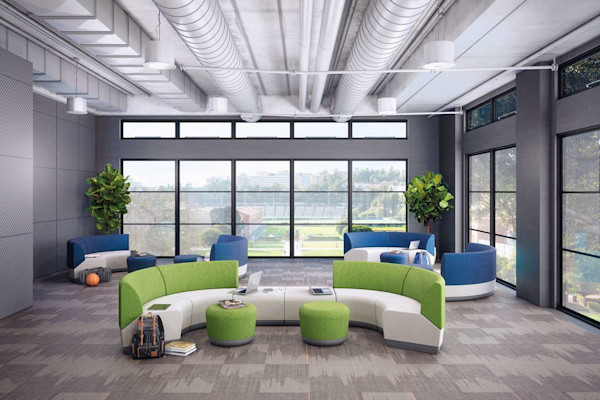
Should you Create an Intelligent Workplace?
There’s really no reason to steer clear of an intelligent workplace. As workers and their needs change, the office will need to change as well. As with most changes made to an office, there will be an initial cost, training, and a learning process. Employees might have to adjust to the way they communicate or the type of space they work in. As long as you have a defined goal, consider employee needs, and make use of the tools available, the end result will be a hybrid office that reflects the future of work. A key to seamless integration of technology in the workforce is the right furniture. Explore our hybrid office collection and contact us to design your intelligent workplace. Want to learn about creating a hybrid workplace? Check out our comprehensive guide!


